At Esis Industrial Electronics, we frequently encounter customers who initially opt for standard office-grade equipment, only to later realise the significant drawbacks of this approach.
Here’s why industrial-grade PCs and monitors represent a smarter investment compared to office-grade equipment, especially on the factory floor.
1. Designed for harsh environments
Industrial environments are typically hot, dusty and prone to vibration – conditions that standard office-grade computers are not designed to handle. The fans in standard PCs tend to suck in dust. This can build up over time, leading to overheating, malfunctions or even fire hazards – particularly if the dust contains conductive or corrosive materials.
Industrial-grade PCs and monitors, on the other hand, are built to withstand these conditions. They are often fanless, reducing the risk of dust accumulation, and they come with robust enclosures that protect the internal components from environmental hazards. This ensures reliable operation even in the most demanding conditions, whether in a manufacturing plant, on a factory floor, or in any other industrial setting.
2. Longevity and lifecycle management
Standard desktop PCs typically have a lifespan of three to five years before they begin to fail, especially when used in challenging environments. This short lifespan leads to frequent replacements, which can be costly and disruptive. As technology evolves, finding replacement parts or compatible software for outdated office-grade PCs can also become increasingly difficult, often necessitating significant system overhauls.
In contrast, industrial-grade PCs are designed to last 10-15 years, with platforms and components that remain available for extended periods. This long lifecycle not only reduces the total cost of ownership, but also minimises the risk of downtime and the need for frequent system upgrades. For example, the Windows 10 IoT LTSC used in our industrial PCs offers a 10-year support lifecycle, ensuring long-term stability without the need for disruptive feature updates.
3. Cost-effectiveness over time
While industrial-grade computers and monitors may have a higher initial cost, they are generally more cost-effective in the long run. The frequent replacement of office-grade PCs, combined with the need for software updates and hardware upgrades, often results in higher overall costs. When you need to replace a standard PC, you also may find that the newer models no longer support the ports or features your application requires, leading to further expenses in adapting or replacing your system.
Industrial-grade equipment avoids these pitfalls. Its durability and long support cycles mean fewer replacements and lower maintenance costs, ultimately leading to a better return on investment.
4. Minimising downtime and maximising operations
One of the most critical factors to consider is the impact of equipment failure on your business operations. If a standard PC breaks down, it can cause significant downtime for factory-floor equipment, such as a rollforming machine. This downtime can be costly, both in terms of lost production and the expenses associated with repairs and replacements.
By investing in a reliable and rugged industrial PC, you can help ensure that your machinery remains operational with minimal interruptions. This not only enhances the performance of your equipment but also reduces the risk of costly downtime and ensuring that production schedules are met.
5. Professional appearance and brand image
Using office-grade monitors and PCs in industrial machinery can create a negative impression. Customers may perceive it as a sign that corners were cut, potentially raising concerns about the overall quality and durability of the machinery. Industrial-grade equipment, designed specifically for the environment in which it will operate, not only performs better but also enhances the professional appearance of your business.
6. Ruggedness and operator usability
In an industrial setting, equipment needs to be tough. Factory operators may be heavy-handed, and delicate office-grade touchscreens can wear out quickly or become damaged. Industrial touchscreens are designed to withstand rough handling, with options for resistive or PCap touch technology that can be used with gloves – essential in many industrial applications.
7. Warranty and support
The warranties for standard office equipment, like those from Dell, may be voided when used in industrial environments, especially if dust or other contaminants are found inside the equipment. Industrial-grade equipment from Esis comes with warranties designed for industrial use, ensuring that you’re covered even in tough environments.
Tailored solutions from Esis
At Esis Industrial Electronics, we offer a range of industrial-grade PCs, touch monitors, and accessories designed to meet the specific needs of industrial applications. For instance, the fanless box PC TBOX-12T25-8G-256GS with Windows 10 IoT LTSC provides long-term support and reliability, while the CM-P238A-CT 24” industrial touch monitor offers the ruggedness needed for industrial environments. We also offer silicone industrial keyboards and mice that are water and dustproof, making them ideal for use in harsh environments.
Choosing the right equipment for your industrial applications is not just about meeting immediate needs – it’s about ensuring long-term reliability, safety and cost-effectiveness. Industrial-grade PCs and monitors from Esis are built to withstand the rigours of industrial environments, providing you with a dependable solution that will last for years to come. Don’t compromise on quality; invest in industrial-grade equipment that’s designed to meet the demands of your industry.


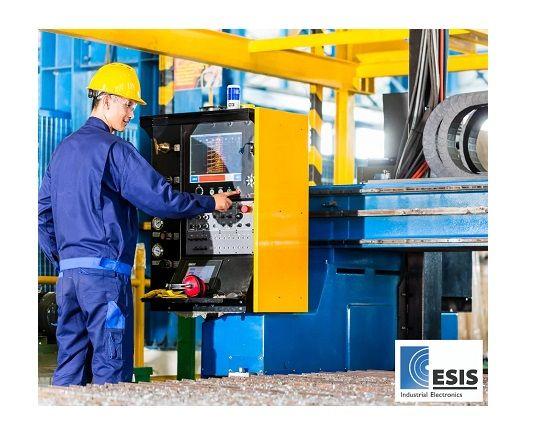
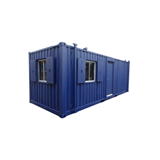







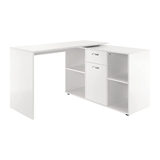
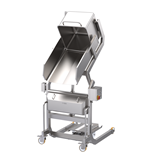
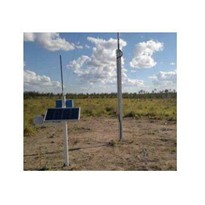
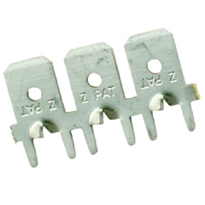
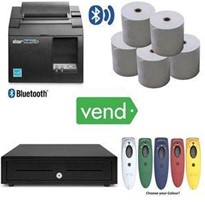
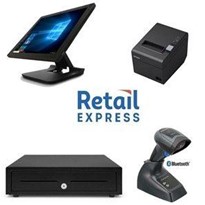
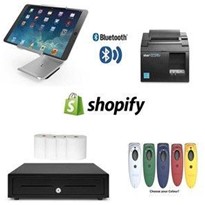

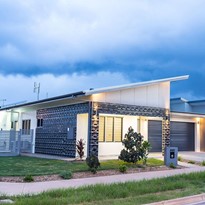
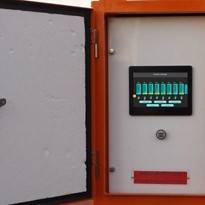

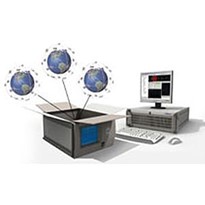
-205x205.jpg)



